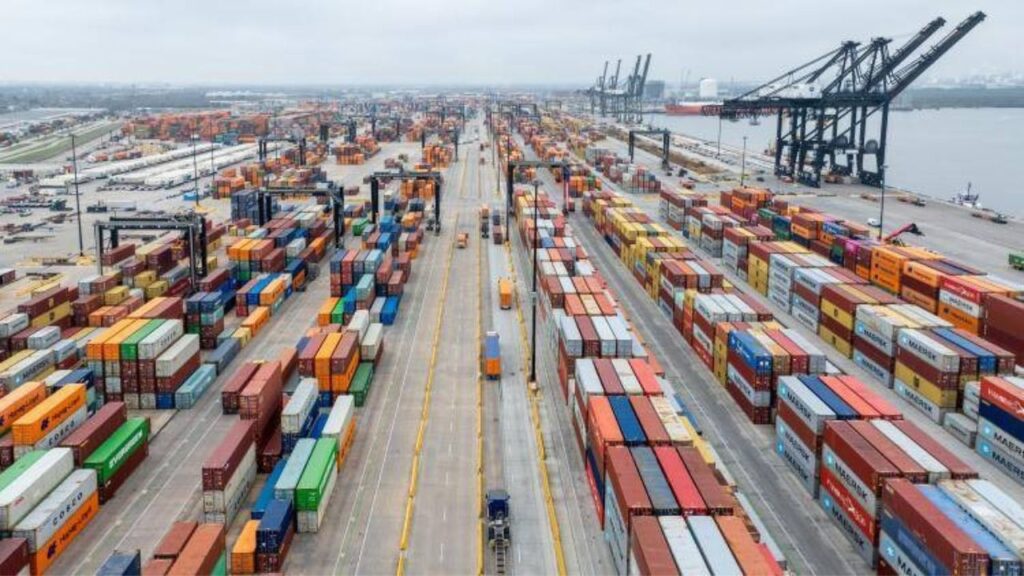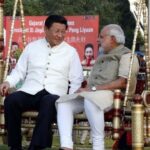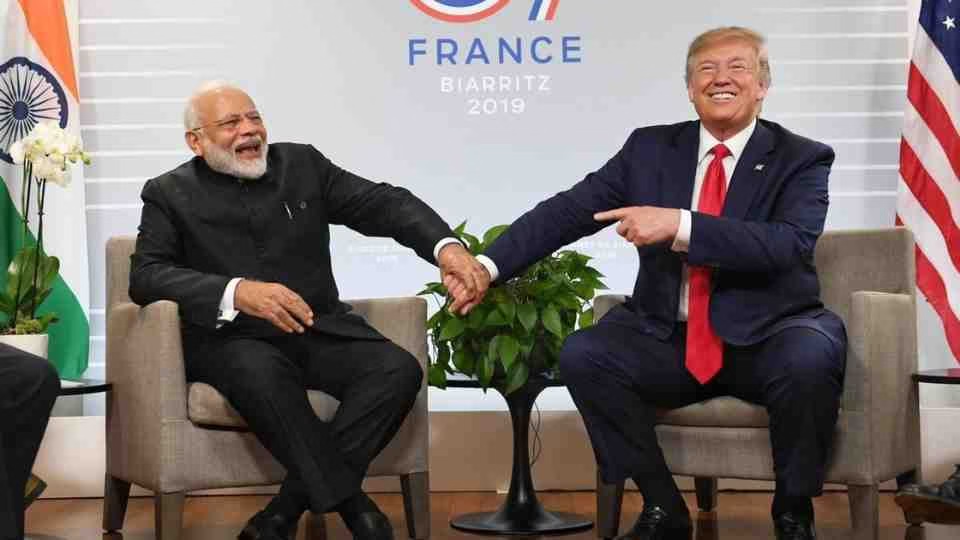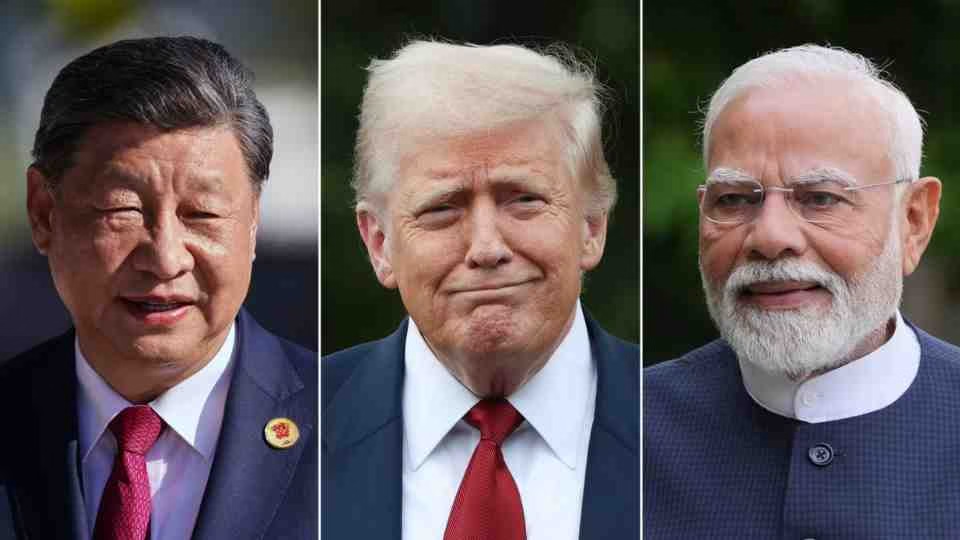In a dramatic shift in global trade policy, the Trump administration’s latest round of tariffs has unexpectedly targeted democracies like India and Brazil with some of the highest tariffs in the world. This comes as a surprise to many, especially when compared to the treatment of a nation like Russia, which, despite its ongoing conflict with Ukraine, has been largely spared from these new punitive tariffs.
The Unpredictable Nature of Trump’s Tariffs
Just six months ago, the global trade landscape appeared much more predictable. China was expected to be the primary target of Trump’s tariff policies, while traditional allies such as Japan, South Korea, and the United Kingdom were thought to be in a safer position. However, the reality has diverged significantly.
India and Brazil, both fellow members of the BRICS economic bloc and among the world’s largest democracies, are now facing the highest tariffs from the US, with rates of up to 50%. This is in stark contrast to countries like China, which has been hit with a 30% tariff, and Russia, which has avoided tariffs entirely. The high tariff on India is reportedly a response to its continued purchases of Russian crude oil, which the US views as financing the war effort in Ukraine. In the case of Brazil, the tariffs are also 50%, with some sources suggesting this is due to political differences regarding the prosecution of former President Jair Bolsonaro.
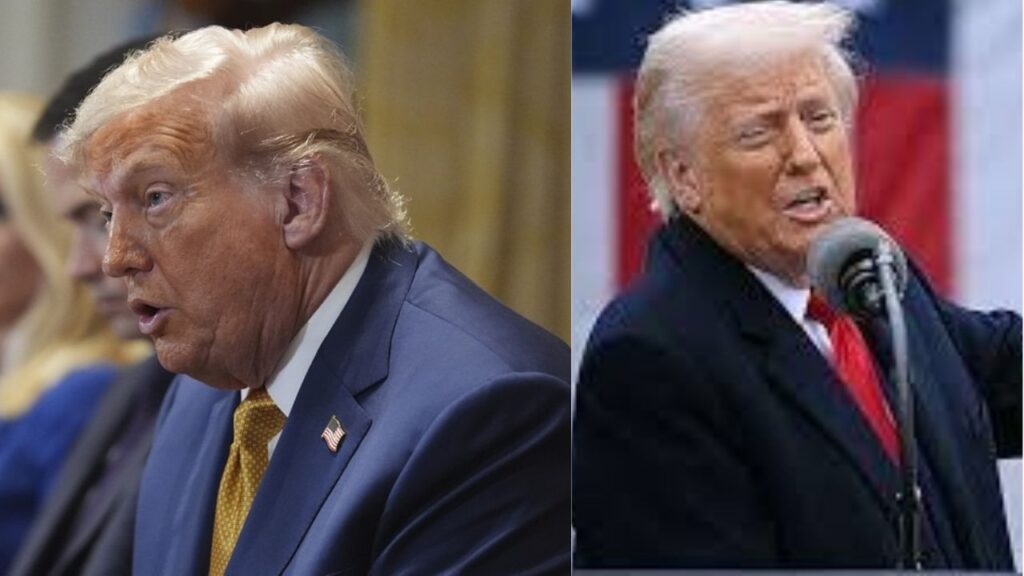
Global Repercussions and Reactions
The imposition of these steep tariffs has been met with strong reactions. Indian officials have described the US’s actions as “unjustified and unreasonable,” pointing out that other countries are also trading with Russia in their national interest. Brazil’s president, Luiz Inácio Lula da Silva, has reportedly reached out to PM Modi to discuss a collective response.
Meanwhile, other countries have faced a mixed bag of outcomes. Switzerland, a traditionally neutral country, has been hit with a 39% tariff after a supposed contentious phone call with Trump. In contrast, treaty allies like the UK, Japan, and the European Union have managed to negotiate trade deals, resulting in lower tariffs on their exports.
This unpredictable and seemingly punitive approach from the Trump administration has left many nations scrambling. While some have managed to negotiate favorable terms, others are finding themselves caught in a complex web of tariffs that defy traditional alliances and diplomatic norms. The new policies are seen by some experts as a form of “xenophobic autarky” and a departure from established international trade practices, with the potential to create new economic alliances among the targeted countries.

